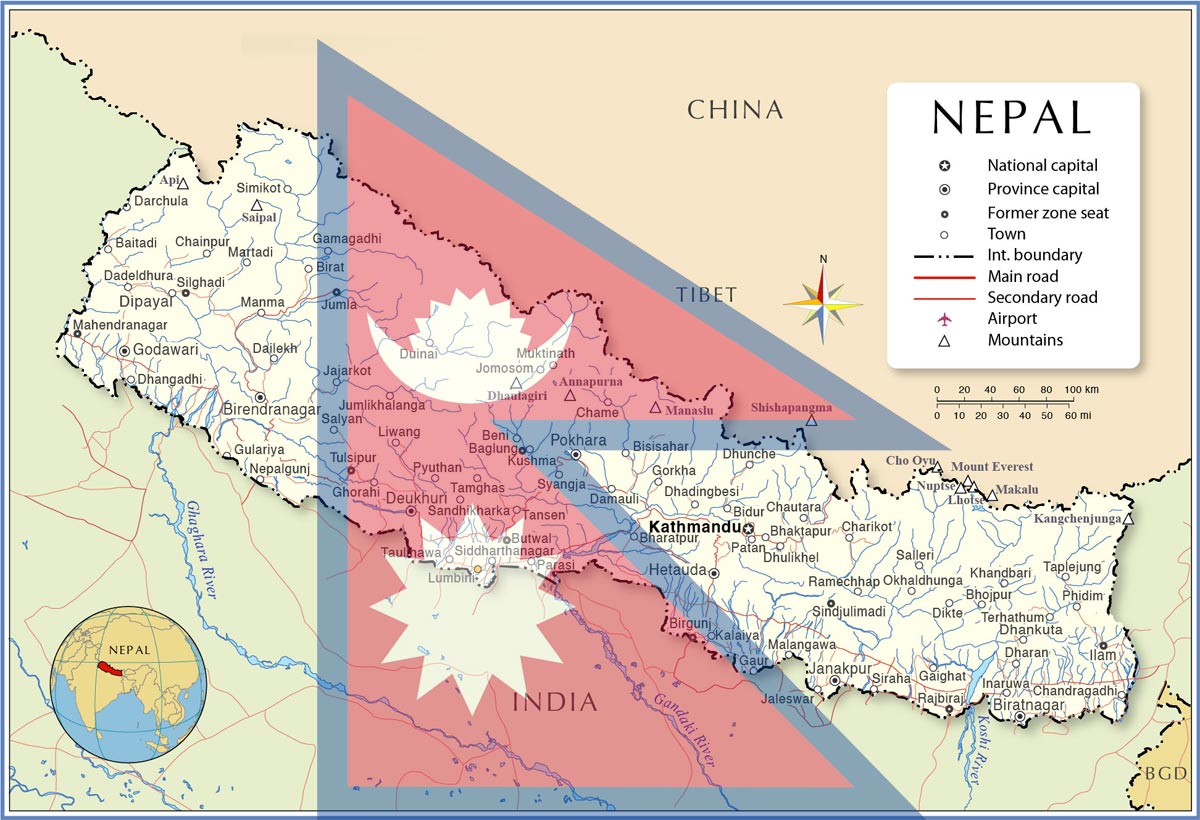
Government's Literacy Program Falls Short of Expectations: National Census 2078 Data Revealed
According to the latest National Census 2078 data, Nepal's literacy rate for the population aged five years or more is only 76.3 percent, indicating that the government's literacy program has not achieved its goals despite more than 14 billion rupees invested in the education sector in the past 14 years. The data also revealed that only 19.5 percent of the total literate population has completed at least 12th grade, indicating that the level of education has not improved significantly.
Slow Growth of Literacy Rate
In 2068, the total literacy rate was 65.9 percent, and the government's target was to make one lakh citizens literate. However, the government later set a goal to make Nepal literate within two years from 2065, with the allocation of an amount to make 7.6 million illiterates literate by 2067. Despite the annual allocation of more than 1 billion 10 million for the literacy program, only 62 districts have become literate. Educationist Prof. Dr. Vidyanath Koirala said that slow growth of 10.4 percent within a decade is not enough for the education sector, and the local government should take responsibility for the literacy campaign.
Misuse of Funds and Lifelong Education
Former Director General Baburam Paudel suggested that instead of focusing solely on literacy, the government should provide lifelong education. Paudel criticized the misuse of funds in the name of literacy and pointed out that the campaign, project, and program are three different subjects. He emphasized that educational materials and post-literacy materials are inadequate, and the focus should be on formal education rather than the literacy campaign.
Lack of Education Materials
Educationist Koirala highlighted the need for educational materials and post-literacy materials for increasing literacy rates. He also pointed out that the government needs to focus on digital education as 73 percent of people in Nepal own smartphones.
Low Educational Attainment
The data revealed that only 9.5 percent of the total literate population have passed SEE or 16th, and only 1.8 percent have non-formal education. Koirala pointed out that adult and literacy classes are ineffective, especially in Kosi province, where girls drop out of school to take care of their households.
Overall, The government's literacy program has not achieved its desired goals despite investing billions in the education sector. The slow growth of literacy rates, misuse of funds, lack of educational materials, and low educational attainment are the primary reasons behind this. To increase literacy rates, the government should focus on formal education, lifelong learning, and digital education.
|
Education Level |
Percentage of Total Literate Population |
|
Primary (Classes 1-5) |
28.7% |
|
Lower Secondary (Classes 6-8) |
19.9% |
|
Secondary Education Exam (SEE) or 10th Grade |
9.5% |
|
At least 12th Grade |
19.5% |
|
Non-Formal Education |
1.8% |
Published on 26th March 2023


